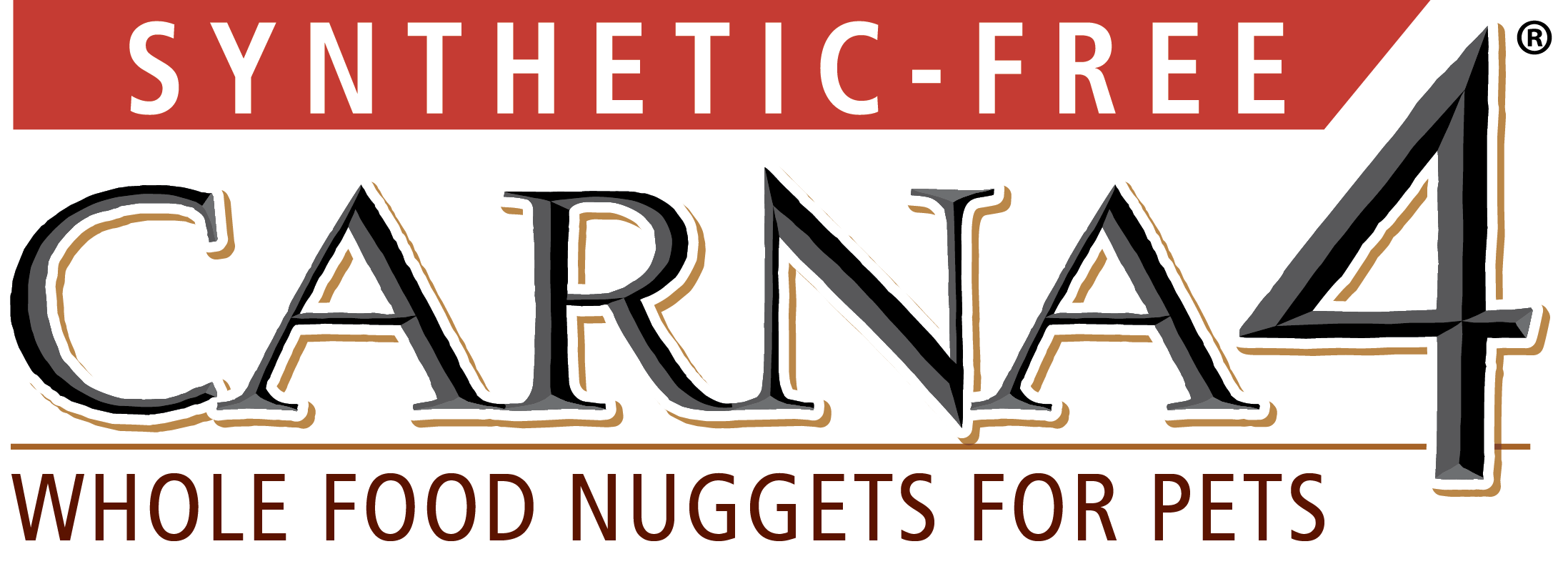One of our customers recently told us how her dog’s urinary crystal issue cleared up after transitioning from a very high protein food to CARNA4. Delighted with the results, she wanted to know exactly “what” urine pH level CARNA4 produced.
For answers, we consulted Dr. Scott Morton, President, Mortec Scientific Inc. (the independent research and laboratory testing firm that specializes in pet food, consumer food and natural health products and oversees CARNA4’s quality), as well as Maria Ringo, a classical, practising homeopath and one of our co-founders.
The answer is not a definitive number but speaks more to the holistic way a dog’s body functions, similar to humans. A pH level is defined as the concentration of Hydrogen ions or, more simply, the measure of acidity or alkalinity in the body. It is influenced by multiple factors. “It’s the sum of all the body’s metabolic processes, from digestion to elimination, that work together to determine the pH, not just the dog’s food input,” says Maria. “You need to consider the pH of both digested and absorbed food and drink, known as ash.”
“In practical terms, this means that eating too much of meats, fats and sugars compared to plant foods and whole grain foods with their alkaline, neutralizing nutrients can create an acidic pH body environment,” she explains. “And this acidic environment can cause inflammation and allow diseases to thrive.”
Dr. Morton goes further to outline the impact of various ingredients. “A diet containing high levels of poor quality ingredients, such as salt, protein, lactose, sucrose, fructose and magnesium, elevates and creates an unbalanced concentration of calcium in a dog’s urine. A low level or poor source of phosphorus also raises the calcium concentration – creating oxalate crystals and potentially kidney stones.”
He describes how vitamin imbalances and formulation errors, which can occur with synthetic premixes or sub-standard ingredients, can also wreak havoc. “A diet too low or too high in Vitamin D can increase urine calcium – leading to crystals or urinary disease over time. Similarly, a Vitamin B6 deficiency can increase blood oxalate levels and also form crystals,” explains Dr. Morton. “CARNA4 escapes these issues because it a balanced nutritional food that has all the required attributes from first class ingredients,” he adds.
In the end, we answered our customer’s query by explaining that we don’t test for, or guarantee specific urine pH levels. Why? Because we look at bladder health as being the result of a variety of dietary factors, including proper quality and balancing of certain vitamins, minerals and other nutrients, as explained above. We know other manufacturers will often add ingredients (which can cause irritating side effects) to acidify the pet’s urine and reduce crystal formation caused by poor quality ingredients. CARNA4 doesn’t need these urine acidifiers because the quality of its ingredients and the nutritional profile they create reduce the likelihood of crystal formations happening at all.
The bottom line: CARNA4 is a good balancer of pH of the blood of a dog accustomed to eating typical processed food.
Has your dog had urinary crystals? Have you changed their diet to solve this problem? Have you tried switching to CARNA4? Tell us your story and what helped your dog.

